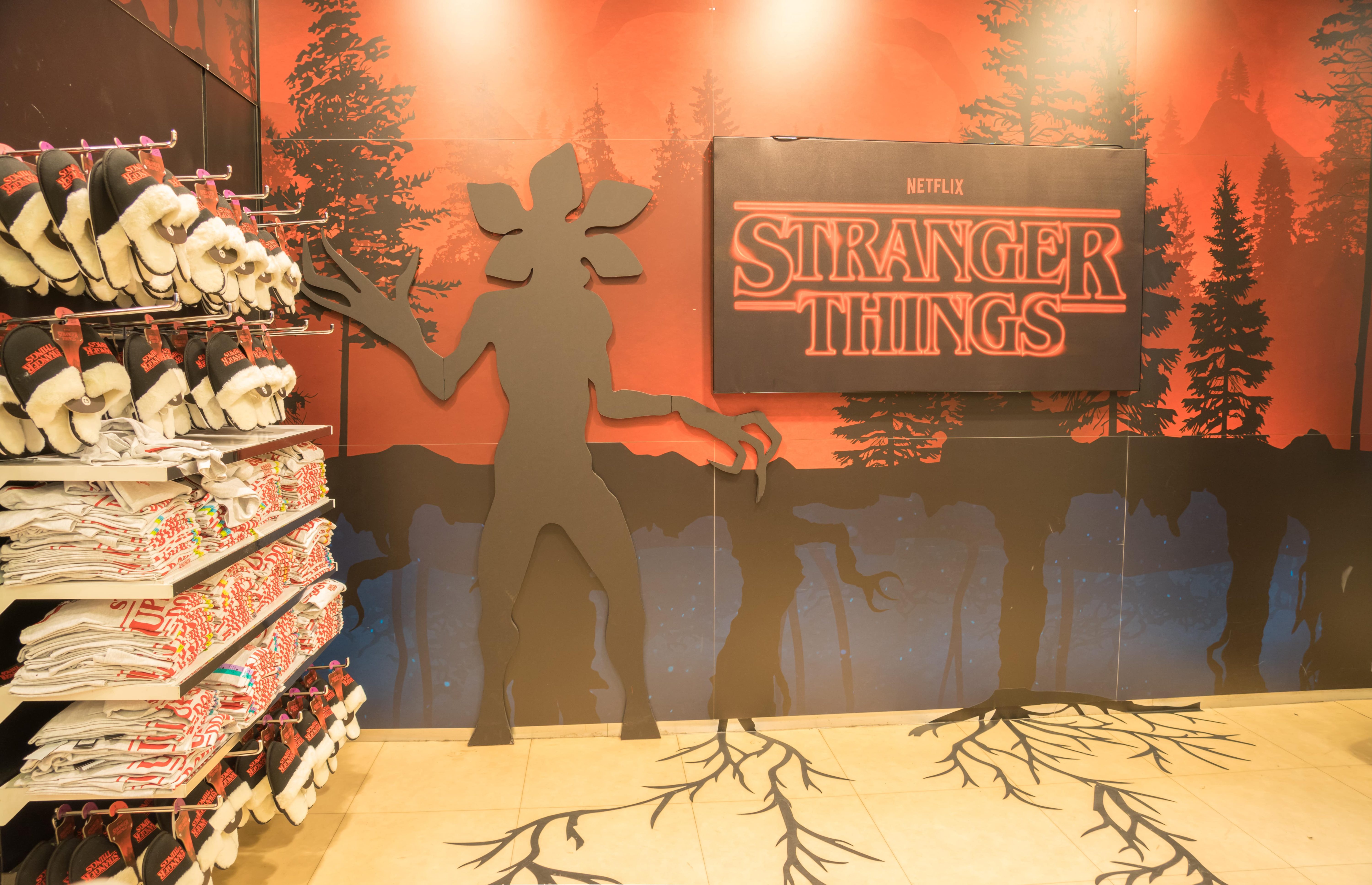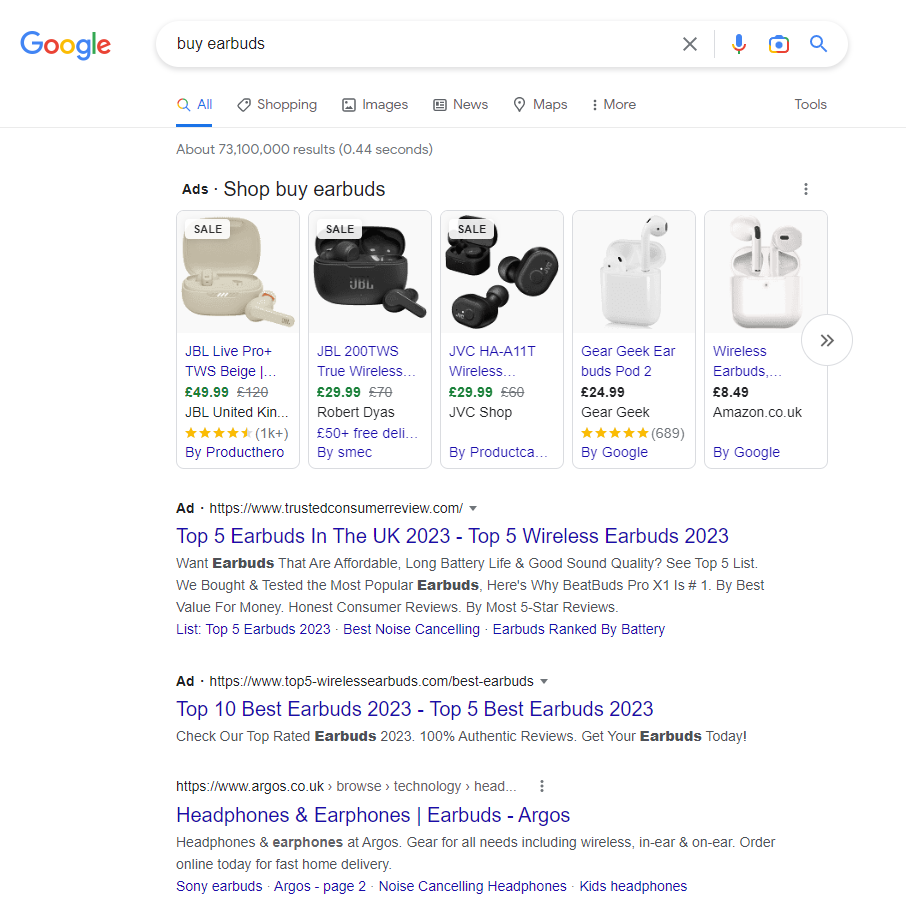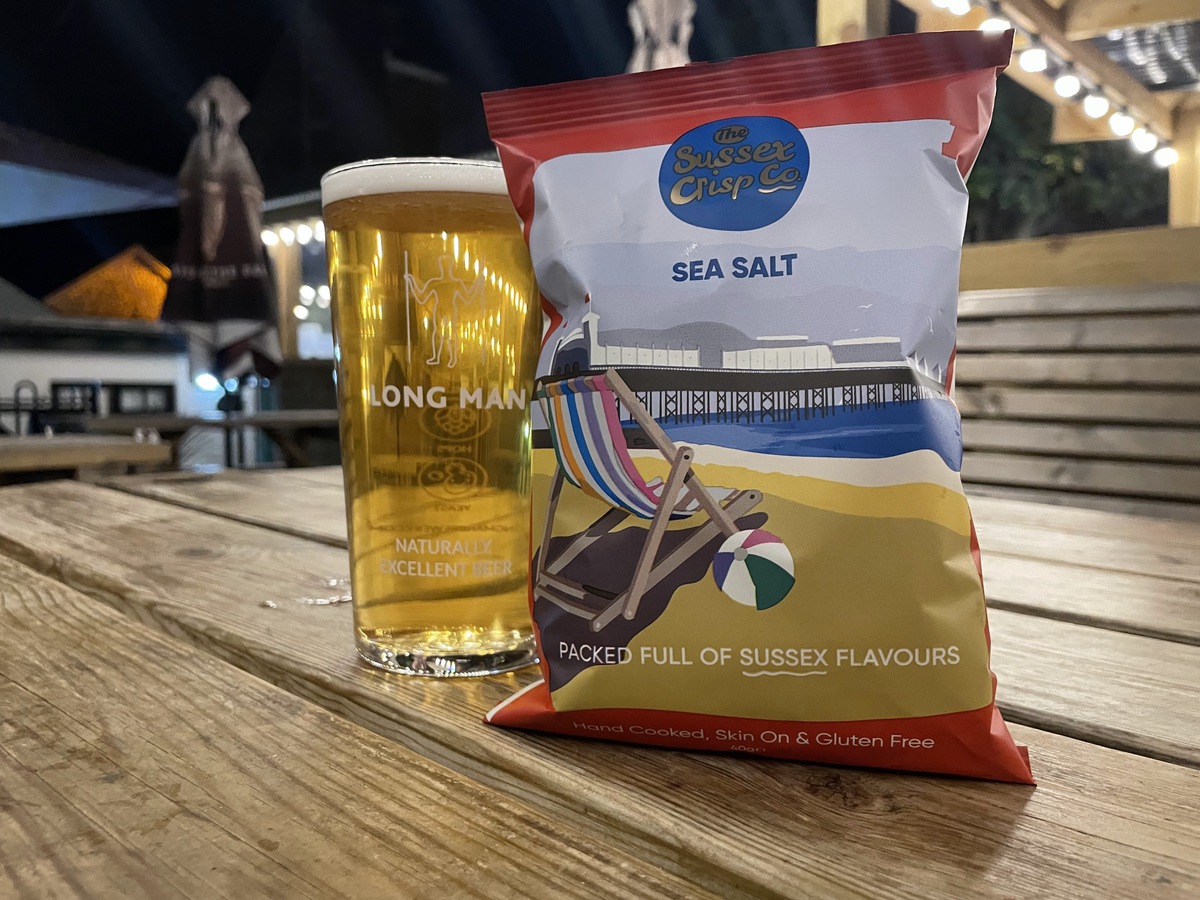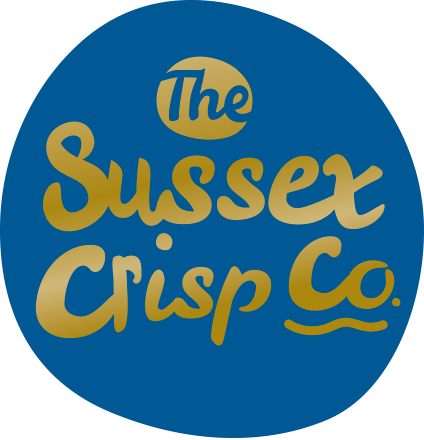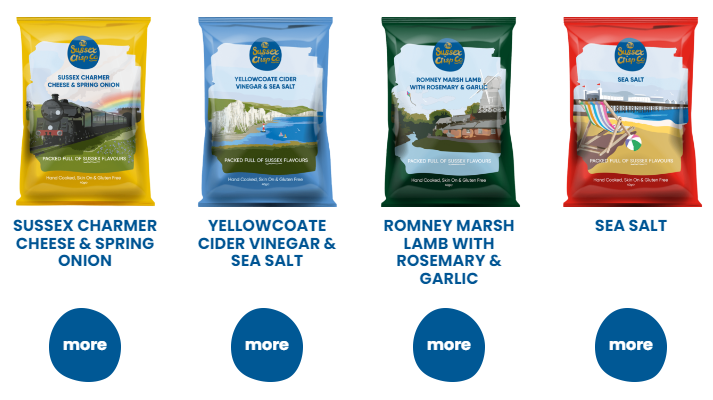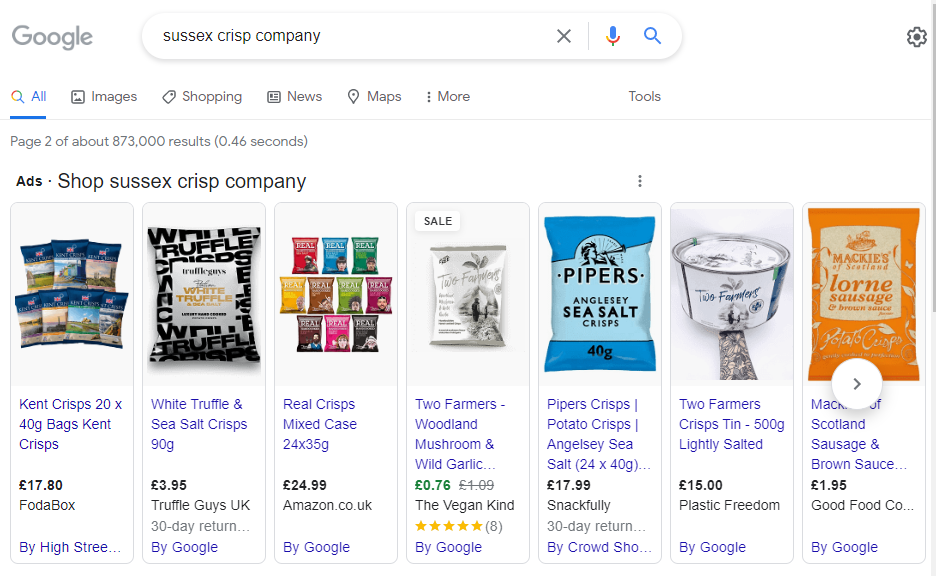Marketing to the 95% of Your Out-of-Market Audience: A Guide for B2B Businesses
Typically, B2B Marketing is seen as a means of generating qualified leads, that a sales team can – relatively easily – turn into paying customers.
This often leads to stakeholders deciding whether a digital marketing campaign was successful based on short-term results and metrics such as conversions and cost-per-lead.
A recent marketing week survey shows 95% of B2B marketers expect significant sales within the first two weeks of campaign execution. Which is a fine expectation… if marketing’s task was just to convince an interested customer to make a purchase.
However, this is simply not the case anymore, especially within the B2B space.

The business-to-business sales process is complex and often involves multiple decision-makers with different opinions. Businesses will identify a need, research the solutions available, evaluate alternative options, make a purchase decision, negotiate terms, and then evaluate the supplier’s performance.
So, on top of your marketing having to convert interested customers into buyers, it also must show sector authority, build brand trust, sway stakeholders (with different motivations), provide value to your target audience, and all whilst seeming competitively priced.

Only 5% of your audience is ready to buy.
That 5% represents your in-market customers. These are the people who are actively in the market, and ready to spend their hard-earned money on your product or service.
You may have to sell them on the price or features that make your offering the “obvious choice” to go with. But they’re already looking for a version of what you do and have probably already been given the nod by internal decision-makers.
B2B business-owners and marketers often fall into the trap of focusing all of their efforts on the 5%, but in recent years the best of us are shifting to catering to the remaining 95%. This is your out-of-market audience who are not actually interested in your product or services yet but could be – in the coming weeks, months, or even years.
Adapting your marketing efforts to reach that out-of-market audience will give you a stronger long-term marketing and brand strategy, ensuring you will be at the forefront of everyone’s mind when they eventually become ready to buy.
Sounds simple enough, but how exactly do you adapt your marketing to reach people who may not actually buy from you anytime soon?
Keep reading to see our top 5 strategies for successfully marketing to the 95%.

1. Invest in Long-Term Brand Building
A good way to simplify the difference in marketing efforts between the 95% out-of-market and the 5% in-market consumers, is what you are trying to generate:
5% = Lead Generation (securing sales for active buyers)
95% = Memory Generation (building a brand worth remembering)
Instead of focusing solely on immediate sales, invest in creating memory links and brand recognition that will pay off when these potential customers are ready to buy. Building a familiar and trustworthy brand now ensures you’re the one they remember when purchase time comes.
Brand-building efforts are not just a nice-to-have; they’re essential. According to Nielsen research, ongoing marketing efforts can account for 10%-35% of a brand’s equity. This is because potential customers are more likely to purchase brands they’re familiar with. If you wait until they’re ready to buy to start marketing to them, it’s already too late.
So here’s 3 key elements of a strong brand that you need to have in place:
- A distinct and recognisable visual identity that sets you apart from competitors, including your logo, brand colours, fonts, and design elements.
- A defined tone of voice that is consistently used across all messaging.
- A punchy strapline that is easy for customers to recall and share.
Still sceptical that branding can have this much impact?
In that case, look at the image below and tell me that you don’t instantly know what is being sold, and that’s without me mentioning there is a glass and a half in everyone…

2. Develop an Effective Content Strategy for Every Stage of the Buying Journey
It’s essential to map out the B2B buying journey for your product and tailor your content for each stage; from awareness to decision-making.
For the out-of-market 95%, focus on educational and nurturing content that builds awareness and long-term brand recognition, rather than just product features and benefits.

Create broad, informative content that attracts customers who do not yet realise they have a problem that your product or service can solve.
Avoid sales-focused messaging and instead, offer valuable insights through blog posts, infographics, and short videos. This consistent approach not only strengthens your brand identity but also keeps both in-market and out-of-market audiences engaged and informed.
We recently published an in-depth article on this very topic that goes into the content required to engage with all of your customers.

3. Build Trust and Authority
Brand trust is the belief that customers have in your company and the products or services you provide. Consumers base this trust on factors such as the company’s value, reputation and transparency.
Building trust and authority in your industry early on creates the foundation for successful B2B marketing. By positioning your brand as reliable and knowledgeable, you establish credibility in your industry that can influence future decisions.
The content strategy we spoke about in the last point will go a long way to building your authority, however, trust takes a bit more time to build. That being said, here are 3 practices we recommend to help develop trust with customers:
Consistency in delivery and output: Ensure that your brand consistently delivers on its promises. Whether it’s the quality of your products, customer service, or meeting deadlines, reliability builds trust over time and consistency shows customers that they can depend on your brand.
Transparency in customer communications: Be open and honest with your customers. Whether it’s sharing how your products are made, addressing issues head-on, or being clear about pricing, transparency fosters trust. Admitting mistakes and showing how you’re fixing them also reinforces your brand’s integrity.
Engage and Listen to Your Audience: Actively engage with your customers, listen to their feedback, and show that you value their opinions. Responding to enquiries, addressing concerns promptly, and making improvements based on customer input demonstrates that you care about their experience.
When your target audience views your brand as a trusted advisor, they are more likely to turn to you when they are actively seeking a solution, as your brand is viewed as the go-to resource in their decision-making process.

4. Position Your Brand as a Resource Centre for Your Sector
By positioning your brand as a comprehensive resource centre, you can attract, educate, and nurture both in-market and out-of-market audiences, establishing yourself as an industry leader.
This strategy involves offering valuable tools, resources, and content that meet the evolving needs of your sector, all while engaging your audience without the pressure of a hard sell.
A great example of this is Indeed.
Although Indeed makes the vast majority of its revenue through employers advertising jobs, they also offer a whole suite of tools that makes them the place to go to if you’re in the job market, either as an employer or seeker.
These include salary surveys, company reviews, location guides, upcoming events, career advice, CV writing tools… as you can probably tell, this list could go on and on.
The point is, they’ve developed their website into a hub of activity for anyone to use and refer to, no matter what stage of their job hunt (or employee hunt) they’re at.
In the B2B space especially, decision-makers are constantly seeking reliable information to guide their purchasing decisions. By becoming a go-to source for industry insights, best practices, and practical tools, your brand not only stays top-of-mind but also builds credibility and trust.

How to Build and Leverage Your Resource Centre:
Create a Content Library: Develop a comprehensive content library on your website that includes articles, whitepapers, eBooks, case studies, video tutorials, and more. Organize this content by relevant topics to make it easily searchable and accessible to your audience.
Offer Free Tools and Resources: Provide calculators, templates, checklists, and assessments that solve common industry challenges. These tools should be designed to offer immediate value to different stakeholders within your audience.
Host Webinars, Events, and Podcasts: Regularly host webinars and podcasts featuring industry experts discussing the latest trends and challenges. This not only adds to your content offerings but also allows for interactive engagement with your audience.
Publish Industry Reports and Research: Conduct original research or compile data to create insightful industry reports. Sharing these reports can attract media attention, enhance your brand’s reputation, and provide valuable information that keeps your audience coming back.
Foster a Community: Create a platform or forum where professionals in your industry can connect, share ideas, and seek advice. By facilitating discussions and networking opportunities, you position your brand as a central hub for industry interaction.
Becoming a resource centre with valuable tools and content helps build long-term relationships with your audience. By offering free, high-quality resources, you attract and engage out-of-market prospects, nurturing them until they are ready to make a purchase decision.

5. Make it Easy for Prospects to Engage with You
Optimising the user experience on your website is essential to make it easier for potential customers to engage with your brand.
A user-friendly and engaging site ensures that visitors can find the information they require easily, making them more likely to interact with your content and return to your website in the future.
Additionally, designing call-to-actions (CTAs) that are not overly salesy, means your out-of-market customers are more likely to interact. These CTAs should encourage engagement, such as downloading a resource or signing up for a newsletter, without pressuring visitors to make an immediate purchase.
Utilising light-touch marketing tactics such as social media and email campaigns keeps your brand top of mind. By consistently sharing valuable content and updates through these channels, you can maintain a connection with prospects, gently reminding them of your brand’s presence and allowing you to engage with your audience in a non-intrusive way.

How to Measuring the Impact of Your Out-of-Market Marketing Strategies
Measuring the impact of your B2B marketing strategy is fundamental to understanding how your efforts contribute to long-term sales. It’s important to measure both acquisition and engagement but instead of using sales metrics as KPIs also try measuring the following:
- Website rate of returning users
- Website engagement time and percentage
- Engagement rate of social media posts
- Engaged traffic acquisition sources
- Brand buzz via social listening tools
- Key events such as downloads and views
By analysing these metrics, you can gain insights into the effectiveness of your long-term marketing strategies. Regularly adjusting your strategies based on data-driven insights and refining your approach, ensures that your marketing efforts continue to resonate with out-of-market prospects and continue to drive meaningful results.
Catering to 95% of your out-of-market audience is a strategic move that requires a thoughtful, long-term process that can significantly enhance your B2B marketing efforts.
As a next step, take the time to assess your current marketing strategies and consider how well they cater to the 95% of your audience that is not yet ready to buy.
If you are a business looking to grow, we have helped many B2B companies from a variety of sectors, capture their 95% out-of-market audience with the help of our marketing and branding experts at Tomango, so please get in touch if you’d like to find out how we could help.

















